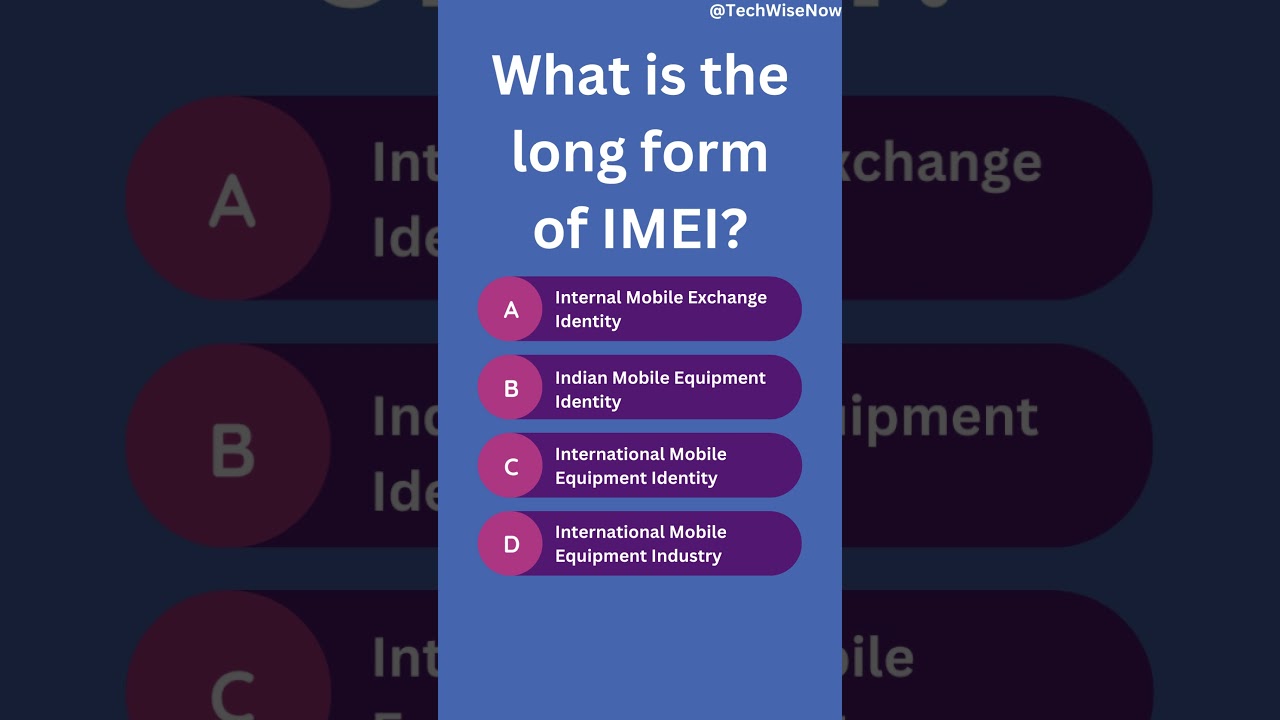CSA launches Cybersecurity Industry Call for Innovation 2023 with Challenge Statements by Three End-Users
More than 50 Proposals Received for CyberCall 2022, Four Proposals Selected
The Cyber Security Agency of Singapore (CSA), together with National University of Singapore (NUS) Enterprise, launched the Cybersecurity Industry Call for Innovation 2023 (CyberCall 2023) today. The launch was announced by Mrs Josephine Teo, Minister for Communications and Information and Minister-in-charge of Smart Nation and Cybersecurity at the Cybersecurity Innovation Day 2023 held today, 29 September 2023, at the Sands Expo and Convention Centre.
2 The CyberCall initiative, first launched in 2018, seeks to catalyse the development of innovative cybersecurity solutions. Through this, CSA aims to strengthen organisations’ cyber resilience and at the same time provide opportunities for cybersecurity companies to contribute to the development of innovative solutions that shows potential to be applied in many organisations’ systems. Each selected solution that fulfils the eligibility criteria may receive a funding of up to S$1,000,000 under CSA’s Cybersecurity Co-Innovation and Development Fund (CCDF).
CyberCall 2023
3 This year’s CyberCall is looking for proposals in the following areas:
a. Cybersecurity for Artificial intelligence (AI)
To safeguard AI systems and the data they process from various cyber attacks in order to maintain the integrity, confidentiality, trustworthiness and reliability of AI applications in an increasingly connected and digital world.
b. Using AI for cybersecurity
To harness the power of AI to strengthen organisations’ cyber defences to protect their systems, data and networks, improve threat detection, and respond more effectively to cyber attacks.
c. Operational Technology (OT) / Internet of Things (IoT) security
To safeguard critical infrastructure, Industrial Control Systems (ICS) and internet-connected devices from cyber threats and vulnerabilities.
d. Cloud security
To safeguard infrastructure, data and applications hosted in cloud environments, while maintaining the confidentiality, integrity and availability of resources in the cloud.
e. Privacy-Enhancing Technologies (PET)
To safeguard the privacy of individuals…



